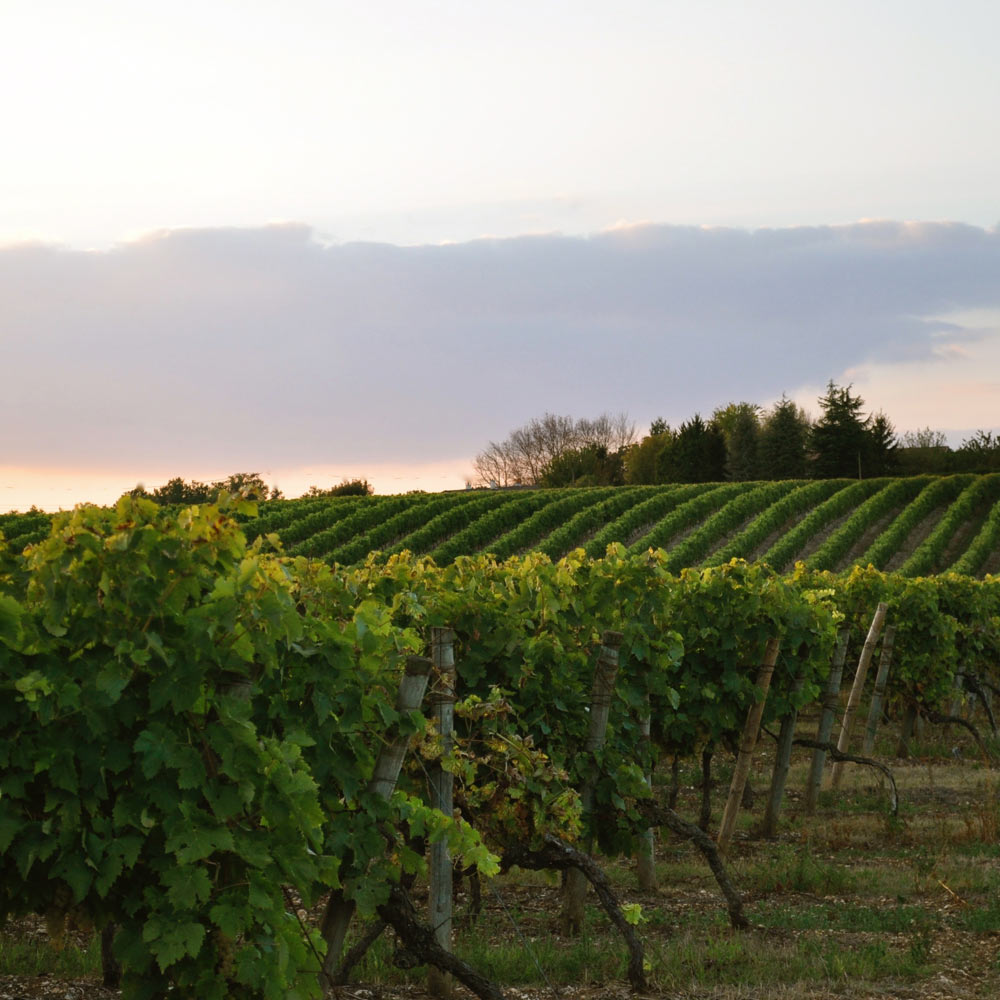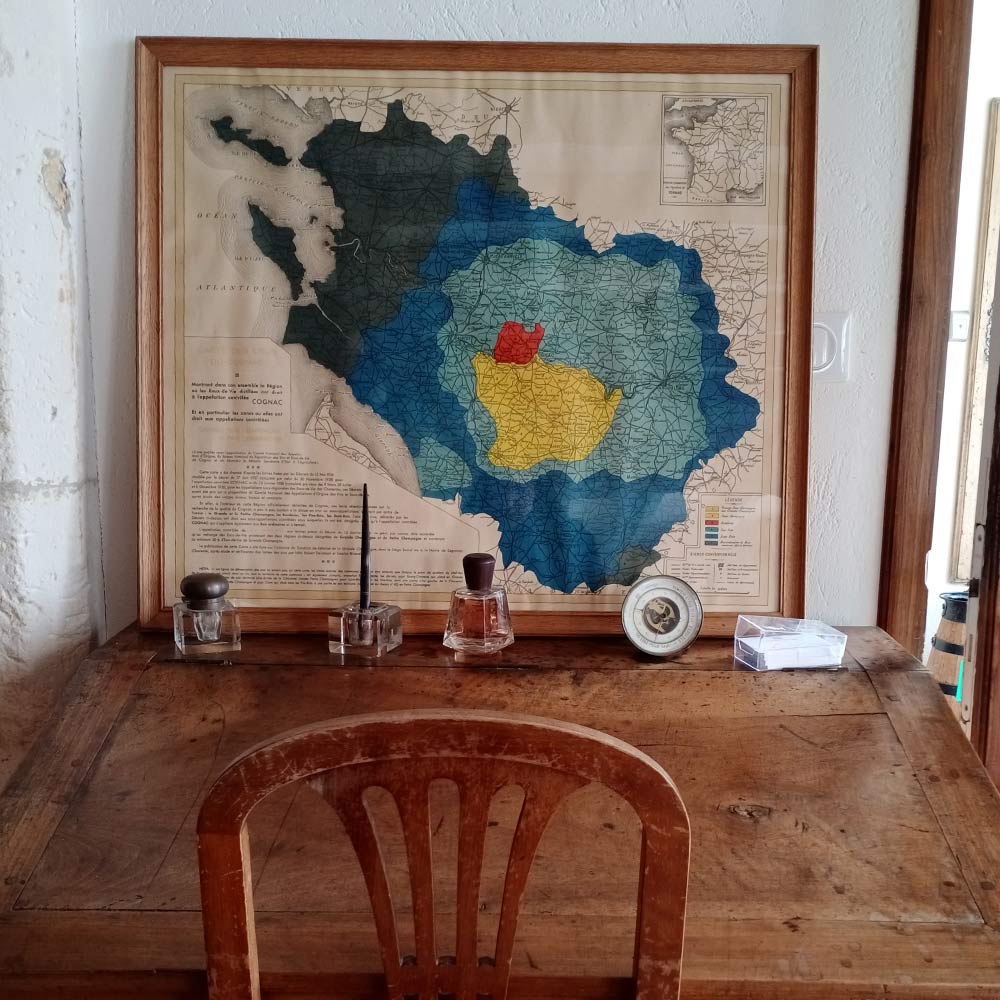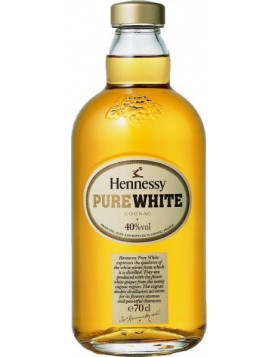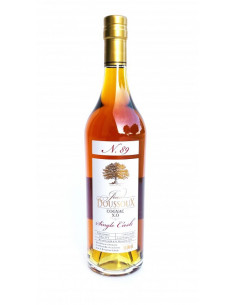Welcome to article 2 of 4 in the Cognac Expert educational series that explains the different seasons of Cognac. Here we discuss the summer aroma and taste trends that fall under the fruity Cognac banner. You can read the first in the series, All About Floral Cognacs, here.
Whether you’re new to exploring Cognac or a connoisseur with years of experience, the following has been created to help explain this complex subject and to suggest 12 wonderful examples to further hone your palate. In addition, we’ve also included 3 expert producer opinions for insight.
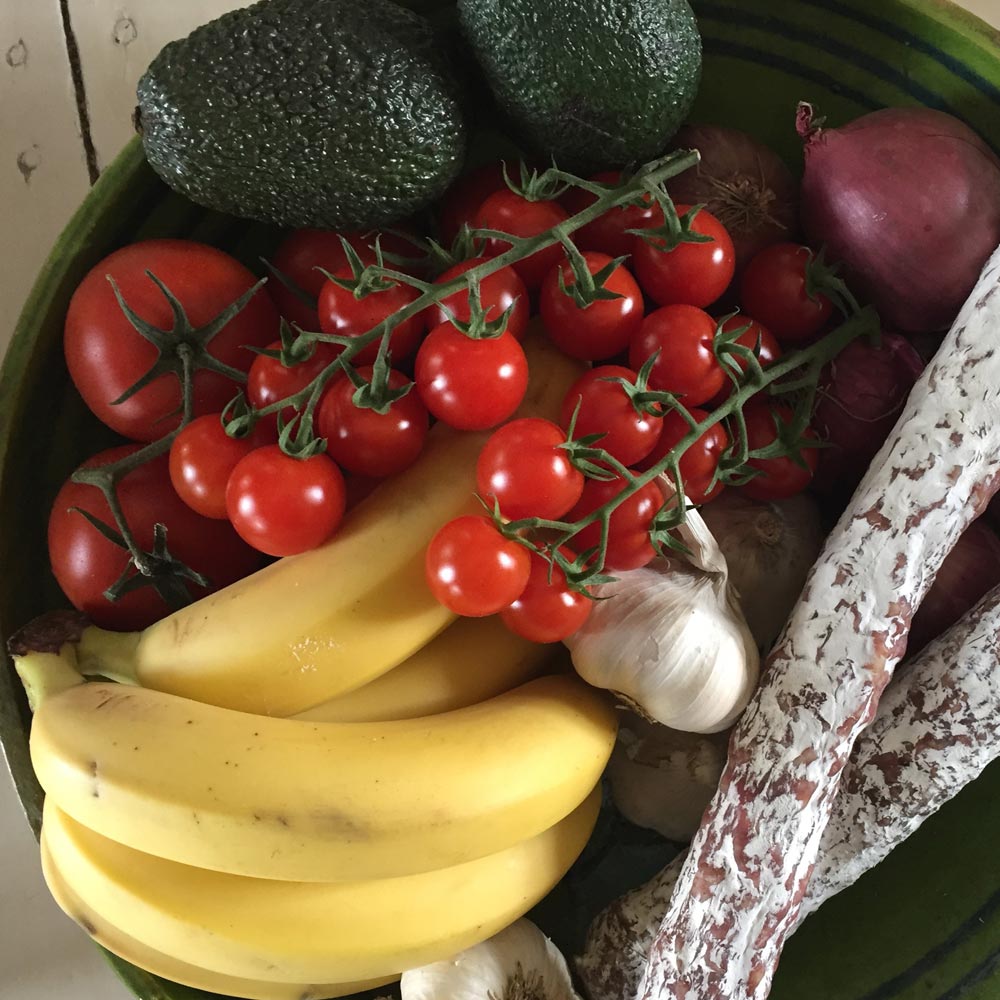
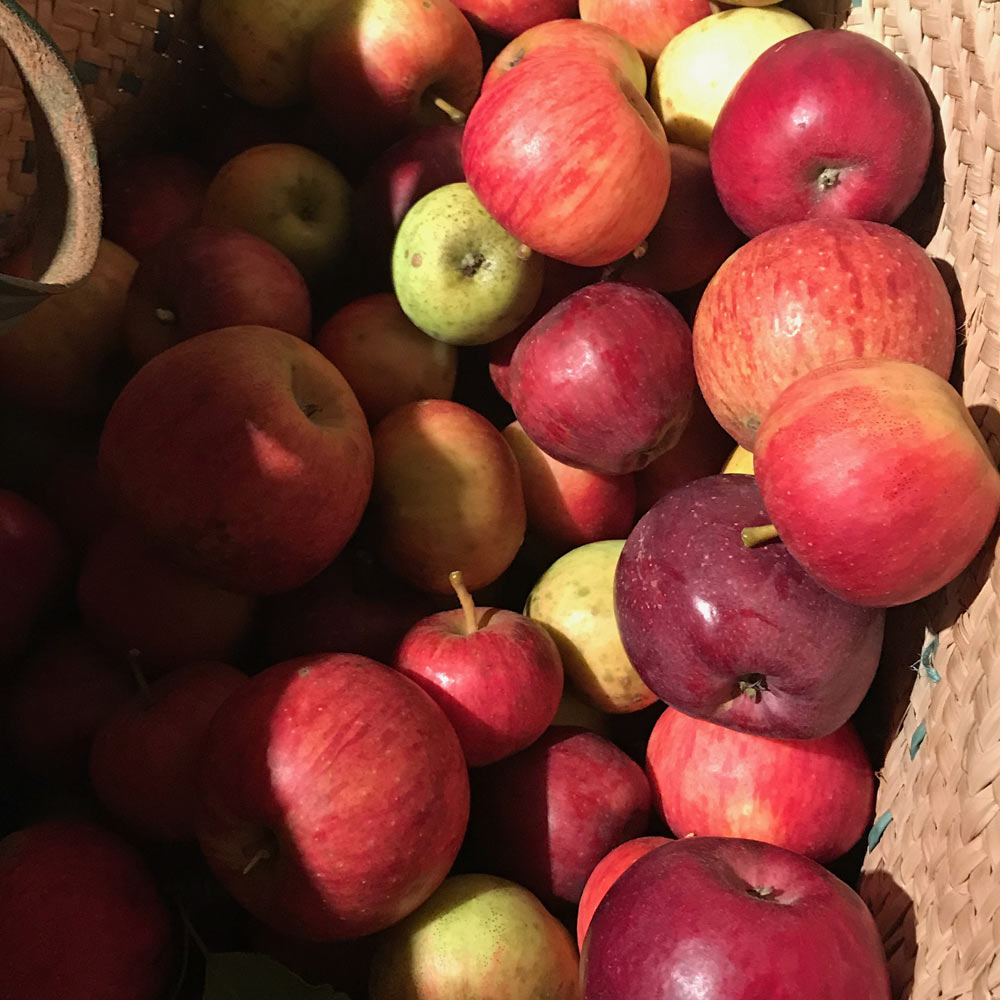
What Does Fruity Mean?
The definition of fruity
The fruit notes in a Cognac—or, indeed, any spirit—are perhaps a little easier to define than some others. After all, most of us can relate to the taste of banana, pear, and citrus fruits. The tones that are described in this manner come through both on the nose (aroma) and palate (taste), making for a multi-sensory experience.
When you read tasting notes that describe a fruity Cognac, you might see particular nuances—such as lime, blackberry, etc.—or more overarching terms, including dried fruits, candied fruits, citrus, etc.
Where do fruity notes come from?
As with all flavor and aroma profiles, fruity notes come from the chemical composition of the liquid. While this might sound somewhat artificial, nothing could be further from the truth. Many things define the chemical makeup of a Cognac, all of which determine the eventual aromas and flavors. One of the key drivers is that of esters—a product that’s enhanced by certain yeasts during the fermentation process. It’s these esters that promote stronger fruity notes.
The distillation and aging processes offer a talented cellar master many choices that result in the eventual taste profile. To increase the fruitiness of an eau-de-vie, the following are some of the steps that he or she can tweak:
- The harvesting method and maturity of the fruit
- Pressing and decanting of the wine—it’s essential to avoid maceration of the fruit
- Adding certain types of yeast that create a higher ester ratio
- Distilling on the lees
- Careful temperature control during fermentation
- The type of barrel used to age the eau-de-vie, along with additional processes to the wood, such as toasting or moving from new to old barrels, etc.
Let’s not forget that, in similarity with all Cognacs, certain elements can enhance your enjoyment of aroma and flavor. This can include the type of glass you drink from and the temperature of the Cognac.
Interpretation of aromas—or the “nose” of a Cognac—is quite a complex subject. It’s something that improves the more Cognacs you sample. Aromas are classified in three ways, each of which is related to distinct elements of Cognac production:
- Primary aromas: are all to do with the vine and the grape. This includes the terroir in which they’re grown, the type of grape (Ugni Blanc, Folle Blanche, etc.), and the climate during the growth and/or harvest.
- Secondary aromas: are determined by the fermentation process.
- Tertiary aromas: are defined through aging, refinement, and blending.
Fruity notes can also be enhanced by how you choose to enjoy a Cognac. For example, the addition of a little water/mixer, within a cocktail, or simply by the location in which you sip.
What are typical fruity notes?
You’ll often see fruity tones grouped under an umbrella term, such as candied, red, dried, etc. The following will help define what these are and the aromas and flavors of the fruits that come beneath each classification.
- Citrus fruits: orange, lemon, lime, etc.
- Red fruits: strawberry, cherry, raspberries
- Black fruits: blackberry, blackcurrant
- White fruits: pear, apple
- Stone fruits: apricot, nectarines, peach, plum
- Candied fruits: candied pineapple, candied citrus, candied cherry
- Dried fruits: dried figs, raisins, hazelnut, hay, almonds
- Tropical fruits: mango, passion fruit, banana

What other spirits have fruity notes?
Fruit flavors and aromas are something that many other spirit producers are keen to promote. You only need to look at the myriad of fruit-infused drinks available today. Examples include Watermelon Absolut (vodka), Bombay Sapphire Sunset (gin), and Dead Man’s Fingers Banana Rum.
However, what about spirits that naturally boast fruity tones? Sure, anyone can add a flavor to a liquid, but finding those that have fruit embodied within their character is a little more complex.
Whisk(e)y is one good example. White fruits, such as apples and pears, are common, as are dark-colored, citrus, and tropical fruits. This is because whisky—much in the same way as Cognac—offers a taste profile that’s determined by the chemical makeup defined during the production and maturation process. For those of you who enjoy a dram or two, then the discovery of the complexities of Cognac can also be a joy (and vice versa).
Armagnac can also have a fruity profile—something that’s only to be expected, thanks to the similarities it shares with Cognac. Other brandies are also worth exploring, including Calvados and Spanish brandy.
Floral taste vs. floral aromas
Without wanting to repeat what we explained in article 1 of this series, All About Floral Cognacs, it’s important to understand the crucial link between taste and aroma. Although taste occurs in the mouth when a substance comes into contact with the tastebuds, this has an inexorable link with how our brain interprets aroma.
Aroma—or smell—is something that we experience on both a conscious and subconscious level. Fragrance can instantly transport us to a place buried deep in our memory and can even help influence behavior. This is why large companies spend a fortune determining what perfumes to infuse into commercial spaces to increase sales and ambiance.
When it comes to Cognac aromas, fruity tones are identified as being summertime fragrances. We delve a little deeper into this in the section below, but the key takeaway from the taste vs. aroma aspect is that they both merge to create what can be described as the profile—or flavor—of a Cognac.
The BNIC Aroma Wheel
The Cognac aroma wheel is a great pictorial method of describing the four distinct profiles of eau-de-vie. Fruity, or summer, tones are a hallmark of all ages of Cognac. Younger expressions abound with notes of pear, apricot, citrus, and white fruits. Delights, such as candied fruits and nuts, evolve during a longer aging process.
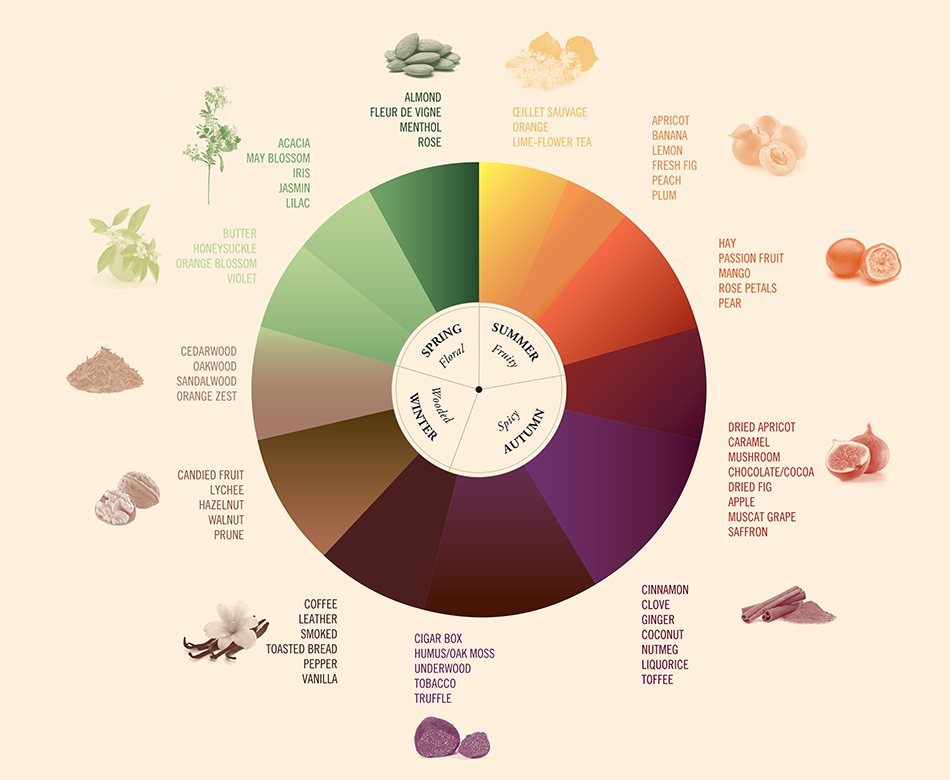
Young vs. Old: where do fruity Cognacs sit?
If we understand that fruit tones change and evolve the longer Cognac ages, then we realize that it’s not true that it’s only youthful eau-de-vie that boasts fruit tones. What is a fact is that different fruit aromas and flavors are present in either a young or old expression. However, blends that are carefully constructed to marry the fruity tendencies of aged and youthful Cognacs bring a more complex myriad of fruitiness to both nose and palate.
Talented cellar masters use their unique skills to develop a Cognac with the profile they require. From the perfect harvesting point through to fermentation, distillation, aging, and blending, the finished product in your glass is the culmination of their expertise.
This might be bursting with the exuberance of citrus and white fruits or one that evolves into candied or nutty fruit notes, thanks to an element of older Cognac within the blend.
What Our Cognac Lovers Community Said
There’s no better method of determining which Cognacs boast exceptionally fruity tones than to ask those who love Cognac. Naturally, we turned to our highly interactive Cognac Lover’s Facebook Group to get an opinion.
We put a poll to the group to determine the fruitiest Cognacs they would recommend. For example, when we asked Pablote El Feo:
Pasquet line up, of course.
Jeffrey Morris said:
The Navarre Grand Imperial is filled with tropical frui aromas such as Guava.
Jesse L. Cyr thinks:
I think the Leyrat and ABK6 lineup all very fruity. Dudognon Réserve, Gautier VS, Gautier VSOP, Paul Giraud VSOP, and Pasquet 04/ 07/10 expressions.
Producer Interpretation: we ask the experts
Of course, we wanted to get great input from those at the pinnacle of their trade—the Cognac producers and cellar masters themselves. We posed the same 4 questions to:
- Camus Cognac
- Leyrat Cognac
- Laurichesse Cognac
We think you’ll agree, their answers are illuminating and really help with the understanding of how fruit tones evolve and what to expect in such a Cognac.
Camus Cognac


The fifth largest of all Cognac producers and the largest family-owned house, Camus effortlessly combines tradition with innovation in their ever-grown range. Since 1863, five generations of the Camus family have cultivated a single-minded passion for crafting great Cognac with their own style.
Our questions were answered by cellar master, Julie Landreau.
Q1: What are the most typical fruity aromas found in Cognac?
With younger Cognacs, we generally find notes of fresh fruit such as pear and apricot, notes of citrus and, more rarely, tones of pineapple, mango, and banana.
On the older Cognacs (XO), we will find hints of candied fruits and prunes.
Q2: What needs to be done for fruity notes to evolve in a Cognac?
There are several essential steps to obtain fruity notes.
- During alcoholic fermentation, we favor certain yeasts that produce more esters
- We control the fermentation temperatures
- We use lees during distillation to develop the fruitier aspects
- Distilling the wines before malolactic fermentation keeps the maximum fruity aromas
- During the aging process, we don’t add too much wood. This helps to avoid masking the fruity aromas
Q3: What’s the best way to taste and appreciate a fruity Cognac?
Because of the aromatic richness, a fruity Cognac can be appreciated neat, on ice, or in a cocktail.
Q4: Which are your fruitiest Cognacs?
Probably our Very Special and VSOP intensely aromatic, also the Borderies VSOP.
All of our Cognacs are very much focused on fruit aromas, which is the result of years of research into aromatic intensity.
Leyrat Cognac
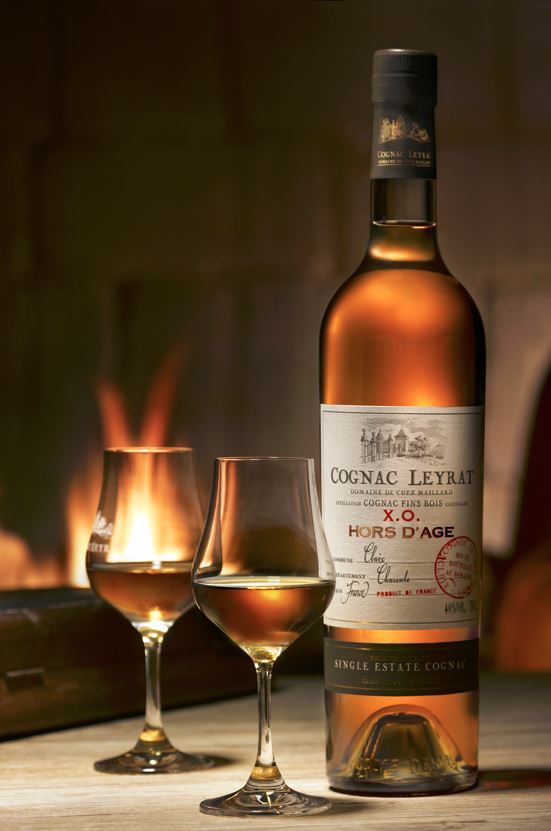
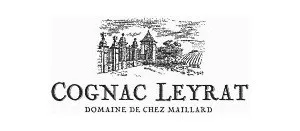
The house of Leyrat is known for their production of high-end, single estate Cognacs. Produced from the fruits of a single estate, the wines are distilled on the less in small copper stills and the eaux-de-vie matured in temperature-controlled cellars.
Our questions were answered by cellar master, Frédéric David.
Q1: What are the most typical fruity aromas found in Cognac?
There are many markers in our Cognacs associated with fruity notes and several families of fruit:
- Fresh white fruits (pear, peach)
- Stone fruits (Mirabelle plum, greengage, plums, apricot, nectarine)
- Red fruits (cherries, raspberries, strawberries)
- Black fruits (blackcurrant, blackberry)
- Tropical fruits (banana, passion fruit, mango, etc…)
- Citrus fruits (lime, yuzu, orange …)
- Dried fruits: almonds, walnuts, hazelnuts…
- Candied fruits (cherries, candied citrus, candied pineapple, etc…)
Q2: What needs to be done for fruity notes to evolve in a Cognac?
Each step in the Cognac creation process influences its fruity component.
- The maturity of the grapes during the harvest
- The harvesting method
- The pressing and decanting of the must before fermentation
- The fermentation (temperature and seeding);
- The conservation of the wine on fine lees
- The distillation method (with the presence of lees).
- Aging: Type of casks (Limousin or Allier oak, grain size, and type of toasting)
Overall, to obtain a Cognac marked by fruity notes:
- It will require a quality harvest
- A grape must free from macerations of vegetable matter (Raffles and pips)
- Age the wine on fine lees
- Distillation on the lees and precise temperature control
- Carefully controlled aging. Only allowing the eau-de-vie to spend limited time in new barrels to combine good maturation without excessive woody notes
Q3: What’s the best way to taste and appreciate a fruity Cognac?
As a long drink or on ice.
Q4: Which are your fruitiest Cognacs?
The VS and VSOP of the Leyrat range have a nice fruity component (citrus fruits, white flesh fruits; pear, peach, Mirabelle plum…)
The Réviseur range offers us gourmet Cognacs, with stewed fruits (apricot, almond) for the VS and VSOP, and candied fruits and fruit paste for the XO
The VS ABK6 delivers in its bouquet notes of fresh fruits (apricot, peach), the VSOP distinguishes itself by its notes of fruits in syrup (Mirabelle plum, plum) and a hint of candied fruits (lemon, orange, cherry).
The VSOP ABK6 Grande Champagne transports us to the heart of an orchard.
Finally, our very old Cognacs can offer the surprising note of passion fruit.
Laurichesse Cognac

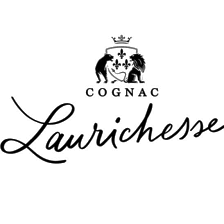
A wonderful young brand, Laurichesse Cognac is based in Rossiac. Their selection of small-scale, single-cask Premier Cru Cognacs shows a glimpse into the past while keeping an eye on the future as well.
Our questions were answered by Léa Laurichesse.
Q1: What are the most typical fruity aromas found in Cognac?
In the younger Cognacs, we find mainly citrus and white fruits, such as peach or pear. It’s also possible to find nuts (walnuts, hazelnuts) or candied fruits in older eau-de-vie.
Q2: What needs to be done for fruity notes to evolve in a Cognac?
The fruity notes (in similarity with the floral notes) come only from the wine and the distillation. On the other hand, all the nuts and candied fruits can also evolve during the aging process.
Q3: What’s the best way to taste and appreciate a fruity Cognac?
For Cognacs with citrus or white fruits, Olivier and I prefer to enjoy this in cocktails.
Q4: Which are your fruitiest Cognacs?
Our fût 301 is currently the fruitiest of the two, with notes of nuts and candied orange.

Top 12 Fruity Cognacs List
Ready to sample a fruity Cognac or two? We’ve put together a definitive list of some of the best examples on the market today.

- Laurichesse Le Chai de Mon Père Fût 301 Cognac: Candied orange and pear are easy to appreciate in this wonderful, cask strength, Grande Champagne offering.
Find out more about Laurichesse Fût 301 in our shop. - Leyrat Passion Limited Edition Cognac: A Fins Bois, Hors d’Age that delights with rich, candied fruits, orange peel, blackcurrant, and baked apples. Plus we adore the unique presentation that deserves to take pride of place in any liquor collection.
Discover The Leyrat Passion Limited Edition and buy today. - Vallein Tercinier Hors d’Age Cognac: Tropical fruits abound in this superbly aged Fine Champagne blend.
The Vallein Tercinier Hors D’Age is available to purchase in the Cognac Expert shop. - Vaudon XO Decanter Cognac: A wonderful example of how lengthy aging brings about an explosion of fruity tones, including mango, peach, candied orange peel, and nuts.
Discover more about the Vaudon XO Decanter here. - Comandon Petite Champagne Vintage 2007 Cognac: This vintage expression takes you on a fruit-inspired journey that effortlessly evolves through apple, peach, spiced, and candied stone fruits.
Buy Comandon Petite Champagne Vintage 2007 today and try it for yourself. - Conte et Filles Fût Unique N°46 Cognac: Hailing from the often-overlooked terroir of Bons Bois, this is a wonderful example of a fruity summer Cognac. It’s also a great offering for honing your palate, with notes of Mirabelle plum, butter-soaked apple, prunes, dried grapes, mandarin, and candied pear.
Head to our online shop to purchase Conte et Filles’ Fût Unique N°46. - Prunier Vintage 1970 Petite Champagne Cognac: Step back in time to a harvest over half a century ago and enjoy a vintage, cask-strength Cognac that’s bursting with pineapple and orange notes.
Discover more about the Prunier Vintage 1970 here. - Prunier XO Très Vieille Grande Champagne Cognac: This multi-award winning Cognac contains some of Prunier’s most treasured Cognacs from their Paradis cellar. Every sip takes the taster on a journey of tropical and candied fruits.
Don’t just take our word for it—head to our shop and buy a bottle of Prunier XO Très Vieille Grande Champagne today. - Lembert XO Cognac: Over three decades in the making, this Petite Champagne Cognac is from a lesser-known house that we can’t recommend enough. Plus, it’s a great choice if you’re looking to try a fruitier eau-de-vie, with delicious orange, apricot, and peach notes.
Be sure to sign up to receive an email alert when this wonderful Cognac becomes available. - Pasquet L’Organic Folle Blanche L.X.I. Cognac: Mirabelle plums, peaches, orange zest, and other fruits tantalize from the moment the first tendrils of aroma tickle your nostrils.
Discover this and other fruity Pasquet Cognacs in our shop. - Domaine du Chêne Jean Doussoux XO N°89 Cognac: The second Bons Bois delight to make our list, this beautifully blended Cognac offers a wonderfully nutty profile.
Head to our shop to purchase a bottle of Doussoux XO N°89. - Ragnaud Sabourin XXO Cognac: The prestigious age category of XXO has allowed the older fruit tones to truly evolve. Expect a wonderfully rounded palate where candied fruits take center stage—something that’s wholly evident after the subtle tease of candied citrus on the nose.
This Ragnaud Sabourin XXO is a great addition to any collection is available to purchase in our online shop.
In Conclusion
One thing that’s very obvious from our deep dive into the world of fruity Cognacs is that there’s a definite divide between the fruit tones of young and old eaux-de-vie. What makes trying a variety of ages so exciting is how these play on the palate. Plus, as with all Cognacs, never forget the subjective aspect of tasting. Our producer comments are interesting, showing remarkable similarities as to how each of them creates fruit tones within brandy and the top tip of using very fruity Cognacs within a cocktail.
Let’s sum up the main points from this educational article:
- Fruity tones can be found in both young and old Cognacs. However, longer aging leads to aromas and flavors of candied, tropical, red, and black fruit notes, as well as nuts.
- The maturity of the fruit at harvest, the temperature during fermentation, the addition of certain yeasts, and distillation on the lees are crucial for a Cognac with very fruity tones.
- Fruity Cognacs fall into the summertime quadrant of the BNIC aroma wheel.
- You can enjoy fruity Cognacs in many ways, including within a cocktail.
- Because of their richness and easy(ish) identification, sampling fruity Cognacs is a good way to help hone your palate.
Whether you’re a Cognac rookie, connoisseur, or somewhere in between, sampling many different Cognacs is the only way to enhance your knowledge and understanding of France’s most iconic drink. Hopefully, we’ve inspired you to experiment, meaning there’s only one question left to ask.
What Cognac is next on your tasting list?



